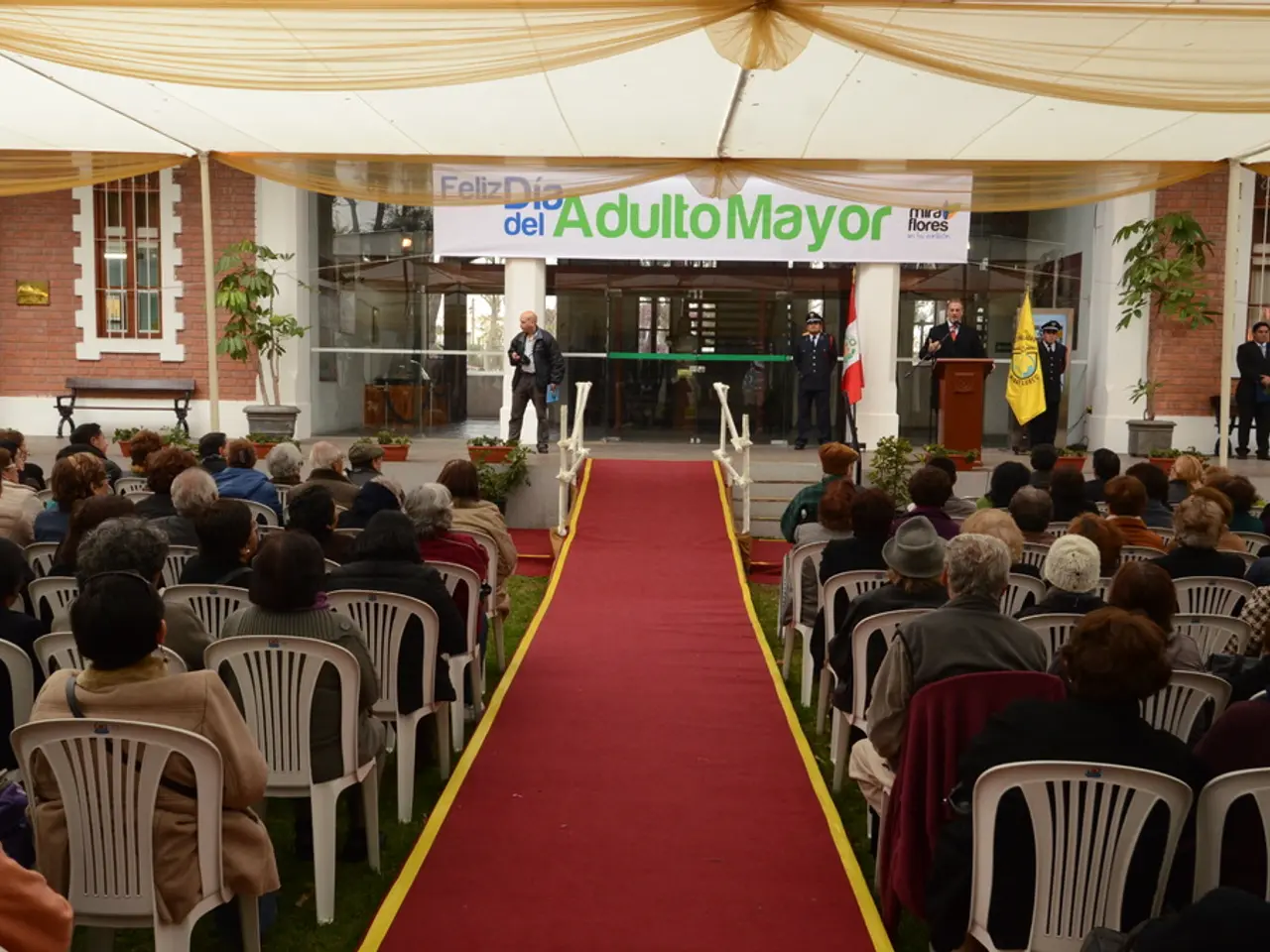Massive pylon structures over a thousand miles long, according to Simon Jenkins, would constitute the most invasive disruption of the nation's rural landscapes since the Second World War.
Britain's Power Cable Dilemma: Cost versus Aesthetics
Britain is facing a significant decision regarding the future of its power infrastructure. The question at hand is whether to bury power cables under the countryside, a move that would significantly increase costs, or to continue with the traditional overhead pylon method.
The cost of burying power cables is substantially higher than building overhead pylons. According to estimates, underground cables can cost around £5 million per kilometre, compared to about £1.25 million per kilometre for overhead lines. This cost difference is due to the complexity of underground installation, higher cable material costs, and engineering challenges.
On the other hand, underground cables offer the benefit of reducing visual impact on landscapes, a concern for local communities and a motivation for groups opposing pylons, especially in sensitive or scenic areas. However, the construction of underground cables is more environmentally disruptive compared to pylons.
Overhead pylons, while cheaper and quicker to install, can cause visual intrusion, leading to local opposition and political challenges. Their construction is straightforward and established, making them more cost-effective for large-scale energy transmission projects.
The cost-benefit dynamic of this decision makes underground cables generally financially challenging but preferable in areas with strong local resistance to pylons or where landscape preservation is prioritized.
The National Grid, a private company, is planning the proposed pylons, which will march through various regions, including the Lake District, Snowdonia, the Cambrian Mountains, Lincolnshire Wolds, East Anglia, and the Thames. The pylons, standing at the height of Nelson's Column, will cover over 1,000 miles of Britain and link wind turbines in Scotland and the North Sea with London and the South-East.
The initial cost of the new grid network, planned to be built by 2030, is estimated at £54 billion. The Government's current approach to planning, often referred to as 'build baby build', disregards concerns about the impact on rural Britain and is seen as ridiculing those who voice such concerns.
The Government's efforts in reducing the world's reliance on fossil fuels, such as subsidizing solar, wind, and nuclear energy, have resulted in high electricity costs in Britain compared to other countries. Last year, the cost of electricity per kilowatt hour was 26p in Britain, compared to 18p in France, 8p in Sweden, and 6.5p in America.
Despite the high costs, the Government has hinted at subsidizing energy bills of residents near pylons, but this does not extend to the rest of the nation. The controversy surrounding the proposed pylons and the cost of burying the new grid has never been more urgent, as Sir Keir's actions show the countryside to be suddenly fragile.
Cables can be buried or placed under the sea as an alternative to pylons, as is common in many countries, including Germany, The Netherlands, Switzerland, and cities in Britain. The cost of burying cables over 67 miles from Norwich to Essex would cost an extra £7.9 billion. Interestingly, the cost of HS2 bringing it into Euston in London is little more than what it would cost to bury the cables over 67 miles.
The debate over the proposed pylons and the cost of burying the new grid continues, with both sides presenting their arguments. As Britain moves towards a more sustainable energy future, the decision on how to transmit this power will have significant implications for the country's landscapes and wallets.
[1] Source: National Grid [2] Source: Campaign to Protect Rural England [3] Source: Energy Networks Association
- The environmental science community is debating the impact of climate-change initiatives, with a focus on the costs and benefits of burying power cables versus constructing overhead pylons.
- In the realm of policy-and-legislation, the Government's 'build baby build' approach has faced criticism for disregarding the environmental and visual concerns of local communities in the process of expanding the power grid.
- Beyond the discussion of power transmission, the sports world, specifically auto-racing, showcases the grand-prix and racing events, where the energy costs for organizing such events contribute to the overall carbon footprint.
- Meanwhile, in the general-news sector, the cost of electricity in Britain is higher compared to other countries, leading to debates about the effectiveness of government policies aimed at reducing reliance on fossil fuels.
- Concurrently, the crime-and-justice system deals with accidents involving cars, which contribute to pollution and greenhouse gas emissions, further complicating efforts to combat climate-change.
- The War-and-Conflicts field, while distinct, is indirectly affected by energy policies, as the funds allocated for these purposes could be redirected towards sustainable and renewable energy solutions.
- Interestingly, in comparison to the planned pylons in Britain, the policy of burying power cables is more common in certain countries and cities, although it comes at a higher financial cost.







